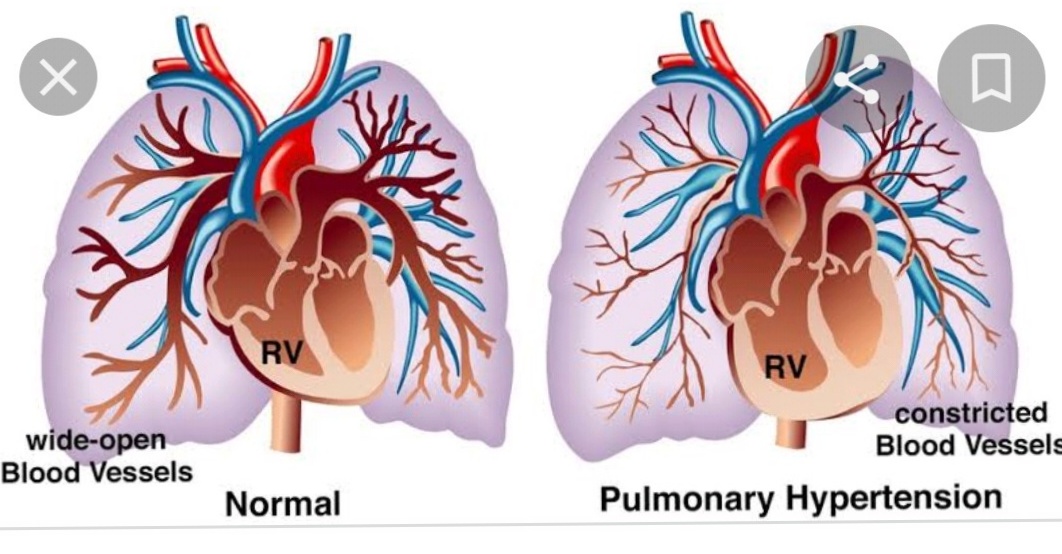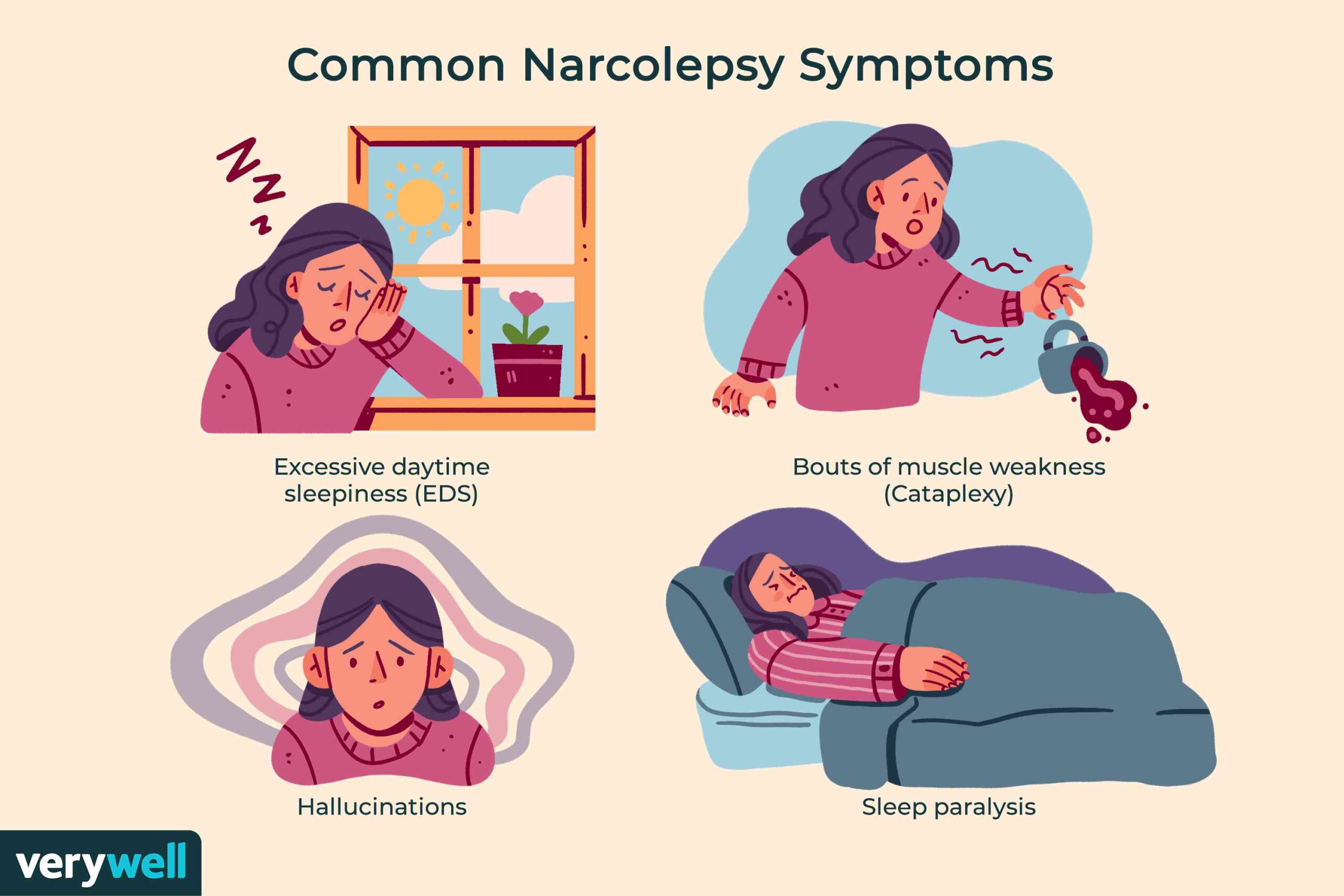

Tympanoplasty with Mastoidectomy-various aspects-
Mastoidectomy with tympanoplasty
A tympanomastoidectomy combines a tympanoplasty with a mastoidectomy, two surgical operations frequently carried out simultaneously on a patient’s ear to treat a persistent infection and improve hearing.
Surgery of Tympanoplasty with Mastoidectomy
Mastoidectomy is the part of the procedure where the surgeon removes the cholesteatoma matrix (diseased air cells) from the mastoid bone. The temporal bone, which is situated at the sides and base of the skull behind the ear, contains these sick cells behind the honeycombed hollow (mastoid).
Patients with chronic otitis media (COM), a long-lasting infection of the middle ear that commonly includes cholesteatoma (a damaging, non-cancerous skin cyst) or an unhealed eardrum perforation, frequently need a mastoidectomy. If this infection isn’t treated, it may spread into the skull and result in serious hearing loss, vertigo, and brain erosion.
The surgical treatment that preserves and/or restores hearing is tympanoplasty. The tympanoplasty involves reconstructing the middle ear and grafting the tympanic membrane (eardrum). In order to repair the ossicles (middle ear bones) that have been harmed by infection, a prosthetic device may need to be placed.
The following prosthetic gadgets could be used to replace the ossicles:
Total Ossicular Replacement Prosthesis (T.O.R.P.)
Partial Ossicular Replacement Prosthesis (P.O.R.P.)
Tympanoplasty aims to repair any perforations and enhance hearing.
Procedure for Tympanoplasty with Mastoidectomy Surgery
Under general anaesthesia, a tympanoplasty with mastoidectomy surgery is carried out in a hospital setting and normally takes several hours. Incisions are created within and behind the infected ear during the tympanomastoidectomy. The infected tissue or cholesteatoma is removed when the middle ear and mastoid bone are opened. Muscle tissue from behind the ear is used to heal the eardrum.
The surgeon will insert packing within the ear after the Tympanoplasty with mastoidectomy is finished to keep tissues in place as they mend. Unless they are feeling nausea or vertigo, patients who have undergone surgery can usually be released following an overnight observation.
Tympanoplasty with mastoidectomy : Postoperative Instructions
1-2 weeks out of work or school are often required for healing following a mastoidectomy or tympanoplasty. After a first follow-up session for suture removal one week after surgery, most regular activity can resume. As the ear recovers, packing will be periodically removed.
To speed up the healing process and prevent infection, a modest skin grafting technique (Thiersch grafting) might be required in specific circumstances. A portion of skin from the interior of the upper arm is used in Thiersch grafting to cover the surgical site in the ear. Typically, this grafting is carried out 10 days after the patient’s Tympanoplasty with mastoidectomy
Following the Tympanoplasty with Mastoidectomy Surgery, it’s critical to carefully adhere to your doctor’s instructions, which should include:
For at least two weeks after your surgery, refrain from blowing your nose. Blowing your nose might push the eardrum patch out of place and increase ear pressure. Keep your mouth open when you sneeze.
Do not let water get inside your ears. While taking a shower, insert cotton with Vaseline inside the ear. An infection can result from any water in the ear.
After Tympanoplasty with mastoidectomy surgery, wait six weeks before flying. Your healing could be negatively impacted by fluctuations in air pressure.
As directed, apply antibiotic ointment to the incision behind the ear and the ear canal.
Stay away from being worn out or hard lifting.
As recommended, take your antibiotics and painkillers after Tympanoplasty with mastoidectomy surgery
A bloody or watery discharge from the ear canal and behind the ear are typical following a tympanomastoidectomy. During the first several months following surgery, as the ear recovers, you can hear some popping sounds in the ear. Till 6 to 8 weeks following the Tympanoplasty with mastoidectomy surgery during which time your hearing will be assessed, you shouldn’t worry about your hearing.
If you have any of the following symptoms:
102 degrees fahrenheit or higher fever
odorous ear drainage
persistent dizziness or nausea
redness or swelling around the incision getting worse
Leg oedema or discomfort
after ten days, persistent behind-the-ear leakage ,then you should consult your ENT Surgeon .
Potential Effects of Tympanoplasty with mastoidectomy surgery-
Tympanomastoidectomy dangers and consequences can exist just like with other surgical procedure. Some potential issues include:
Dizziness: After a tympanomastoidectomy, it’s normal to feel a little unsteady for a few days. Dizziness may be brought on by abrupt head movements for a few weeks. Rarely, protracted dizziness may happen.
A few weeks following surgery, dry mouth and a change in taste (typically a metallic or sour flavour) are possible side effects, and in around 5% of patients, they may linger longer.
Tinnitus: A ringing, hissing, or popping sound may develop or become more pronounced.
Hearing loss: If the bones cannot be rebuilt during surgery, hearing may go worse following a Tympanoplasty with mastoidectomy surgery but this is usually treatable with another operation. 1% of patients may get severe hearing loss.
A tiny number of patients may have complications from general anaesthesia, such as breathing difficulties or heart arrhythmia.
Rare complications may occur, such as:
Facial weakness: Because of oedema or a facial nerve anomaly, any paralysis is typically transient on one side of the face. Permanent paralysis is incredibly uncommon.
Eye issues: Professional treatment may be required.
Infection: In the extremely unlikely event that an infection develops, it may result in meningitis, which may call for prolonged antibiotic therapy as well as hospitalisation. In about 5% of instances, infection may also contribute to the eardrum’s failure to recover.
Hematoma: Blood may gather beneath the skin incision and may need to be surgically removed or may necessitate a lengthy hospital stay.
After having a Tympanoplasty with mastoidectomy surgery, you should get in touch with our office as soon as possible if you encounter any difficulties.
Anatomy of Mastoid air cells-
The mastoid cells are air-filled cavities located within the mastoid process of the temporal bone of the cranium. They are also known as air cells of Lenoir or mastoid cells of Lenoir. A type of skeletal pneumaticity is present in the mastoid cells. Mastoiditis is the term for infection of these cells.
In this context, the word “cells” does not relate to a living, biological entity but rather to a contained compartment.
Anatomy in relation to Tympanoplasty with mastoidectomy surgery-
Mastoid tissues
The mastoid air cells might be numerous, irregular in shape and size, or even completely absent.
Normally, the cells are attached to one another, and the mucosa that lines their walls is continuous with that of the mastoid antrum and tympanic cavity.
Extent
The posterior cranial fossa and sigmoid sinus may or may not be accessible to them, and they may excavate the mastoid process to its tip. They may extend into the squamous part of the temporal bone, the petrous part of the temporal bone, the zygomatic process of the temporal bone, and – in rare cases – the jugular process of the occipital bone, coming into proximity to a number of significant structures, to which they may disseminate, such as the bony labyrinth, the middle cranial fossa, the posterior cranial fossa.
Innervation
The tympanic plexus and branches of the posterior branch of the meningeal branch of the mandibular nerve (nervus spinosus) provide the cells with innervation.
Vasculature
The posterior auricular artery, stylomastoid branch of the occipital artery, mastoid branch of the occipital artery, and (sometimes) auricular artery provide vascular feed to the cells.
Mastoid infection may consequently result in a cerebellar abscess because the mastoid air cells’ venous drainage enters the superior petrosal sinus.
Development
The mastoid is not pneumatized at birth, but by age six, it becomes aerated. The mastoid antrum is fully formed at birth, but the air cells are only represented by little diverticula that protrude from the antrum. In the early years of life, the air cells gradually spread into the mastoid bone. Puberty is when they experience their biggest growth spurts.
Function
The inner and middle ear, as well as the temporal bone, are thought to be protected from harm by the air cells, which are also thought to control air pressure.
Clinical relevance
Mastoiditis, a potentially serious and life-threatening illness, is brought on by infections in the middle ear that are easily transmitted into the mastoid air cells through the aditus ad antrum. A meningitis or an abscess of nearby brain tissue may result from the infection spreading into the middle or posterior cerebral fossas. Additionally, an infection may travel to the neck’s muscles, resulting in torticollis and pain.
Any patient with any ENT (Ear ,Nose ,Throat ) problem requiring online consultation or actual consultation in clinic of ENT specialist doctor Dr Sagar Rajkuwar (MS-ENT) may contact him at the clinic adress given below-
Prabha ENT (Ear,Nose,Throat) clinic, Dr Sagar Rajkuwar( MS-ENT) is open for patient consultation from 11 am to 6 pm. –Adress –Prabha ENT clinic, plot no 345 ,Saigram colony ,opposite Indoline furniture, Ambad link road ,Ambad , 1 km from Pathardi phata ,Nashik ,422010 ,Maharashtra India . For appointment -Contact no-7387590194 ,9892596635 .Surgeries done in attached hospitals : Mastoid -ear surgery, Functional endoscopic sinus surgery, Stichless Endoscopic ear surgeries like Ossciculoplasty and Tympanoplasty ,Endoscopic Septoplasty, Tonsillectomy and Adenoidectomy Surgery. Also advice available for Hearing aids and various Ear, Nose, Throat problems. Mediclaim cashless insurance facility available in attached hospitals .
Clinic website-www.



